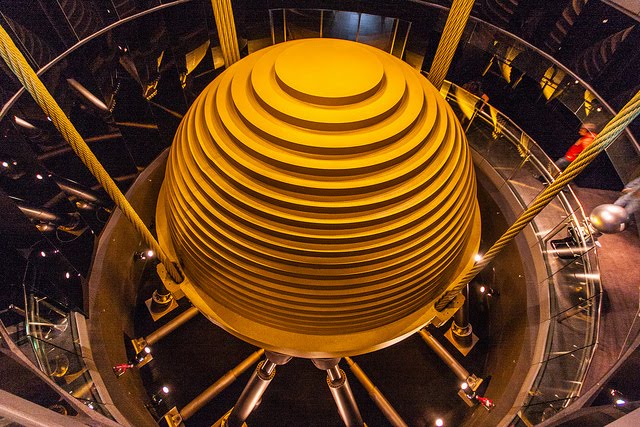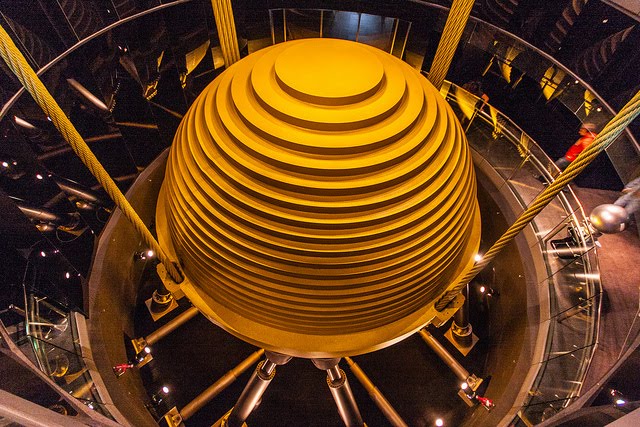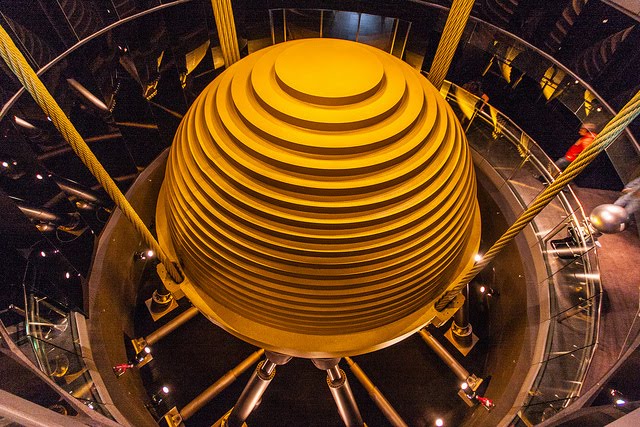Civil engineering is an important field of activity with a wide range of applications in the planning and construction of buildings, bridges, tunnels and other infrastructure. In recent decades, a method for improving the efficiency and resilience of civil engineering projects has been the development and use of tuned mass dampers (TMDs). In this article, we will explore the principles, features, uses, and benefits of TMDs for civil engineers. We will also look at some of the most common methods for tuning TMDs for optimal performance in various applications.
What are tuned mass dampers?
TMDs are devices used to dampen vibrations in structures. They act by absorbing and dissipating the energy of vibrations, thus reducing the amplitude of vibrations. TMDs are often used in buildings and other structures to protect against seismic activity, wind-related vibrations, and other vibration sources.
The most common types of vibration dampers are
- Pendulum damper
- Tuned Liquid Column Damper
The most common type of TMD is the pendulum damper, which consists of a large mass (the “pendulum”) suspended from a fixed point on the structure. The pendulum can swing freely back and forth, and the movement of the mass serves to balance the vibrations of the structure. Sway dampers are typically used in tall buildings to protect against wind-induced vibrations.
Another common type of TMD is the tuned liquid column damper (TLCD). TLCDs consist of a column of liquid (usually water) contained in a cylindrical tank. The liquid column can oscillate freely back and forth, and the movement of the column serves to balance the vibrations of the structure. TLCDs are typically used in bridges and other structures to protect against earthquakes.
TMDs are often used in buildings and other structures to protect against seismic activity, wind-induced oscillations, and other sources of vibration. Additionally, TMDs can also be used to protect against vibrations caused by machines, vehicles and other sources of mechanical noise. By absorbing and dissipating vibration energy, TMDs can effectively reduce noise and vibration levels in a structure.


Advantages of vibration absorbers
TMDs offer several benefits to civil engineers.
- TMDs can significantly improve the safety of a structure by reducing the amplitude of seismic waves and other vibrations.
- TMDs can improve the comfort of a structure by reducing noise and vibration levels.
- TMDs can improve the performance of a structure by reducing stress and strain on the structure.
- TMDs can extend the life of a structure by reducing wear and tear.
TMDs are an effective and versatile tool for civil engineers and offer numerous advantages for the design and construction of buildings, bridges and other structures.
What are the most common methods for tuning TMDs for optimal performance in various applications?
There are several methods that can be used to tune TMDs for optimal performance in a specific application. A common method is to use a mathematical model of the structure to determine the natural frequency of the vibration. The TMD can then be tuned to this frequency, maximizing its ability to dissipate vibrational energy.
Another common method is to use a physical model of the structure to test a series of mass dampers tuned to different natural frequencies. The TMD that offers the best performance in terms of vibration amplitude reduction can then be selected for the final design.
A third method is to model the behavior of the structure and the DTM using computer simulations. In this way, the TMD design can be optimized for a specific application.
All of these methods can be used to optimize TMDs for optimal performance across a wide range of applications.
What challenges need to be considered when developing DTMs?
There are numerous challenges to consider when developing DTMs.
- One challenge is ensuring that the TMD is tuned to the natural frequency of vibration. If the TMD is not properly adjusted, it cannot effectively dissipate vibration energy.
- Another challenge is ensuring that the TMD can dissipate vibration energy without damaging the structure. This requires an understanding of the dynamic behavior of the structure and the DTM and the development of an appropriate mathematical model.
- The third challenge is to ensure that the TMD does not generate additional sources of vibration. This can be a problem if the DM is not designed correctly and can lead to problems such as resonance.
All these challenges must be taken into account in the development of DTM to ensure its effectiveness and safety.
What are the benefits of using TMDs in civil engineering?
The use of TMDs in civil engineering offers a series of advantages.
- First, TMDs can significantly improve the safety of a structure by reducing the amplitude of seismic waves and other vibrations.
- Secondly, TMDs can improve the comfort of a structure by reducing noise and vibration levels.
- Third, TMDs can improve the performance of a structure by reducing stress and strain on the structure.
- Fourth, TMDs can extend the life of a structure by reducing wear and tear.
All of these advantages make TMDs an attractive option for civil engineers.
In summary, vibration absorbers offer several benefits to civil engineers and can be used in a variety of applications. Vibration absorbers are an effective and versatile tool for planning and constructing buildings, bridges and other structures.

